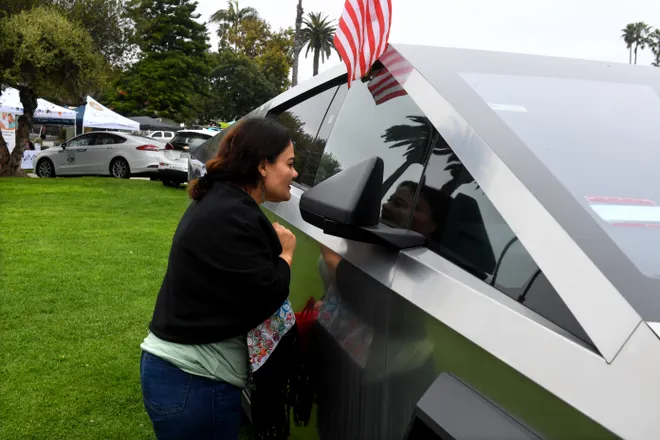With the global surge in energy consumption, driven by data centers supporting artificial intelligence and cryptocurrency, concerns are growing over the ability of local electric grids to support increased electric vehicle (EV) usage. The International Energy Agency (IEA) warns in its “Electricity 2024” report that demand for energy from data centers is expected to nearly double by 2026, raising critical questions about grid capacity.
According to the IEA, data centers consumed 460 terawatt-hours of electricity in 2022, a figure that could surpass 1,000 terawatt-hours by 2026. This would make data center energy consumption roughly equivalent to that of Japan, further intensifying competition for grid resources as EV usage expands.
However, EV advocates like Kent Bullard, a representative for the Electric Vehicle Advocates of Ventura County, see opportunities for electric vehicles and battery storage to help stabilize grids rather than exacerbate strain. Bullard, who resides in Ventura, California, has outfitted his home with solar panels and three battery systems, including two Tesla Powerwalls, which he uses to optimize energy consumption and contribute to grid resilience.
Bullard’s system is designed to not only store energy generated by his solar panels but also to sell excess electricity back to the grid during peak demand periods. “Instead of drawing more power during high-demand hours, many EV owners like myself are setting up systems that benefit the grid,” Bullard said. He manages his Powerwalls by setting a 20% energy reserve, utilizing time-based control settings, and participating in Southern California Edison’s time-of-use rate structure, which charges more for energy consumed between 4 p.m. and 9 p.m.
These settings, Bullard explained, are key for ensuring that his batteries store energy during periods of low demand—when electricity is cheaper and more plentiful—and discharge it back into the grid when it is needed most. This model offers a win-win scenario: EV owners can save on energy costs while supporting grid stability.
Bullard’s third battery is housed in his new Tesla Cybertruck, which he plans to integrate with his home energy system. “Once I get the Cybertruck’s system hooked up, I’ll be able to use it just like the Powerwall, but it’s almost 10 times bigger,” he said. This type of vehicle-to-grid (V2G) and vehicle-to-home (V2H) charging is becoming increasingly popular among EV owners, allowing them to store and share power in ways that benefit the broader energy infrastructure.
Meanwhile, others, like the article’s author, have opted for a more conservative approach to battery reserves. After experiencing disruptions caused by the Thomas Fire and subsequent power outages, they maintain a 50% energy reserve at home to ensure greater reliability during emergencies. Despite this, they acknowledge that, with time, they might adjust their settings to contribute more to the grid during peak hours.
In celebration of National Drive Electric Week, Bullard and the Electric Vehicle Advocates of Ventura County are coordinating several events to promote electric vehicles and energy conservation. These events aim to educate the public on the benefits of EVs, including their potential to support grid resilience through battery storage.
Key upcoming events include:
Oct. 3 (11 a.m. to 2 p.m.): California State University Channel Islands will host an EV car show in Parking Lot A/E, featuring discussions on energy incentives and battery storage.
Oct. 6 (Noon to 4:30 p.m.): Ventura Harbor’s main lawn will showcase electric cars, trucks, bikes, and vintage vehicle conversions. Visitors can speak with EV owners about their vehicles and home-charging setups.
Oct. 20 (9 a.m. to 4 p.m.): EV Advocates will host a similar event at Chick-fil-A in Thousand Oaks, featuring educational booths and a variety of electric vehicles.
Attendees of these events are encouraged to ask EV owners about their home-charging batteries and settings to better understand how they contribute to grid resilience.
For more information or to find an event near you, visit driveelectricweek.org.
As energy demands continue to rise, electric vehicles—combined with smart battery usage—could play a critical role in strengthening the resilience of our electric grids, paving the way for a more sustainable future.
Related topics:
- Hurricane Helene Slams Southeast, Killing 57 and Leaving Millions Without Power
- VA Ordered to Lock Down UCLA’s Jackie Robinson Stadium
- Two Dead as Hurricane John Hits Mexico, Prompting Flash Flood Warnings

